5 Lethal Chemical Warfare Agents
5 Chemical Warfare Agents
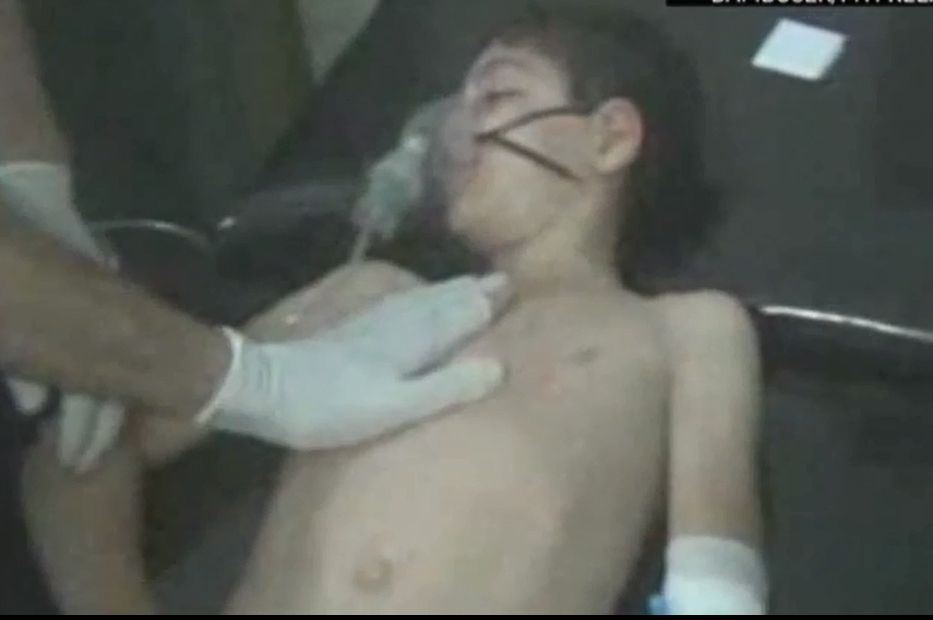
Though reports of the use of chemical agents have yet to be confirmed in Syria's ongoing civil insurrection, many experts say the videos and photographs from Syria would be difficult to fake. Poisonous gas has a long, grim history of use in warfare. Here is a closer look at five chemical warfare agents.
Sarin
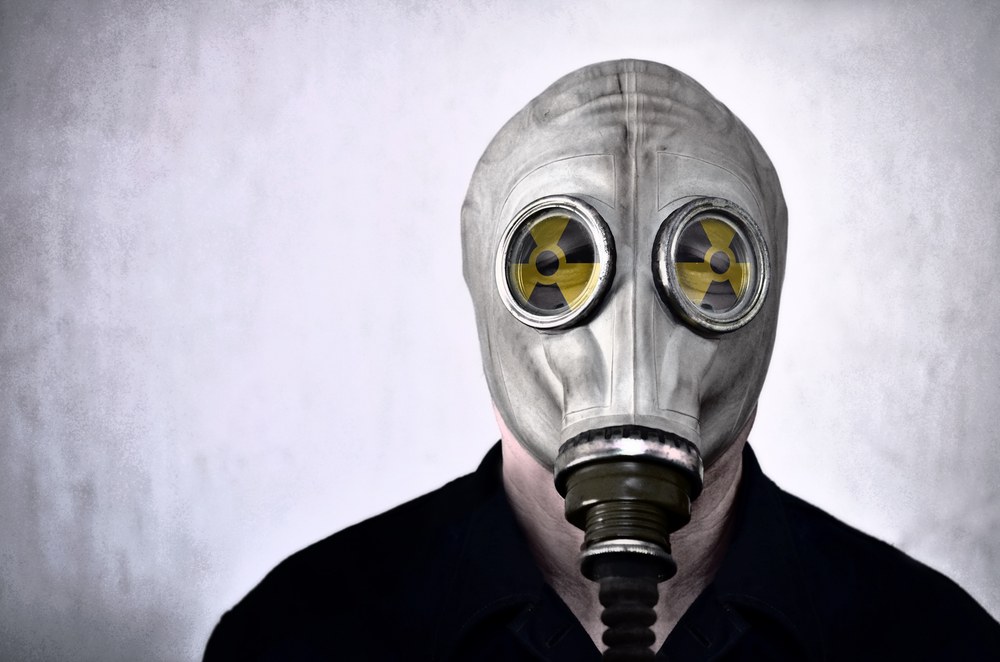
Sarin is a man-made, lethal toxin with no color, taste or odor. Though it's produced as a liquid, its low evaporation point lets sarin turn into a gas quickly when exposed to the environment. Sarin, also known as GB by military personnel, was originally developed as a pesticide in Germany in 1938, but since then, it has been classified by many national governments as a chemical nerve agent.
Nerve agents are the most toxic and fast-acting chemical warfare agents in the world. People exposed to large amounts of sarin quickly lose control over their bodily functions, and, if not treated immediately, can fall into a coma or succumb to respiratory failure. [Read More on Sarin]
Ricin
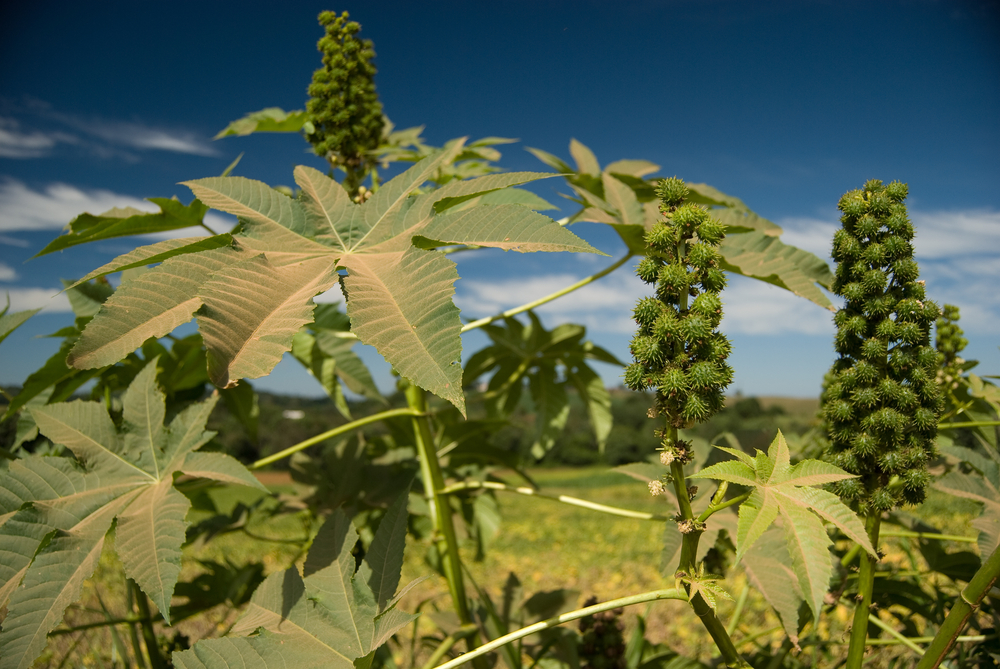
Ricin is derived from a common plant, the castor bean (Ricinus communis), native to the Mediterranean and Middle East and cultivated elsewhere as an ornamental plant. It's also the source of castor oil, which has many uses in medicine, food and industry. Ricin is also a highly potent toxin that can kill a person in amounts as small as a few grains of sand. [Read More on Ricin]
Mustard Gas
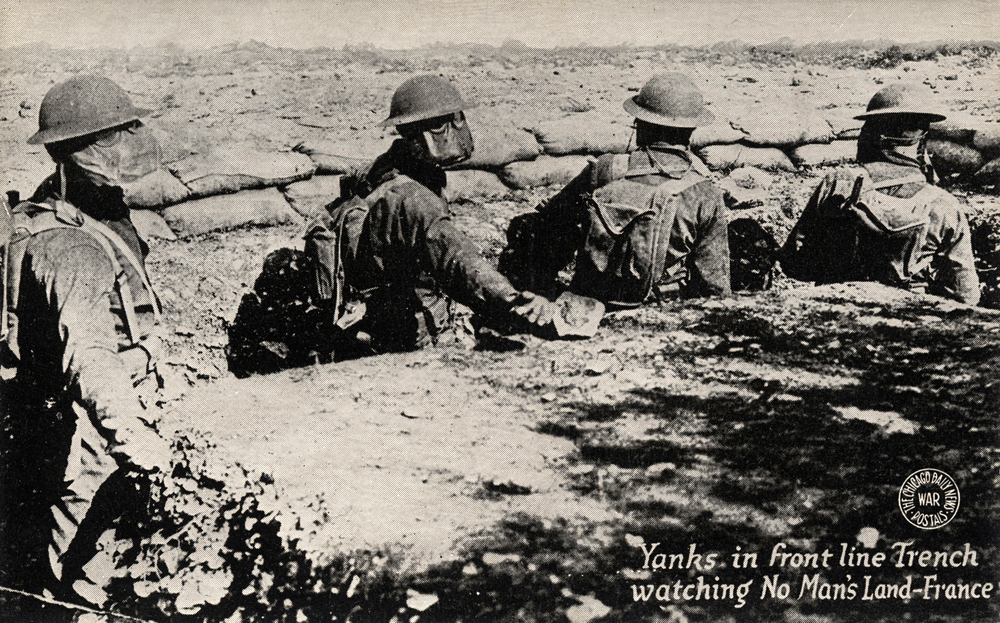
Mustard gas, or sulfur mustard (Cl-CH2CH2)2S, is a chemical agent that causes severe burning of the skin, eyes and respiratory tract. It can be absorbed into the body through inhalation, ingestion or by contact with the skin or eyes. First used during World War I, the gas is effective at incapacitating its victims en masse.
Sulfur mustard is generally colorless in its gaseous state, though it may have a faint yellow or green tint. It's most easily recognized by its trademark "mustardy" odor, though some compare its smell to that of garlic, horseradish or sulfur. [Read More on Mustard Gas]
Agent 15
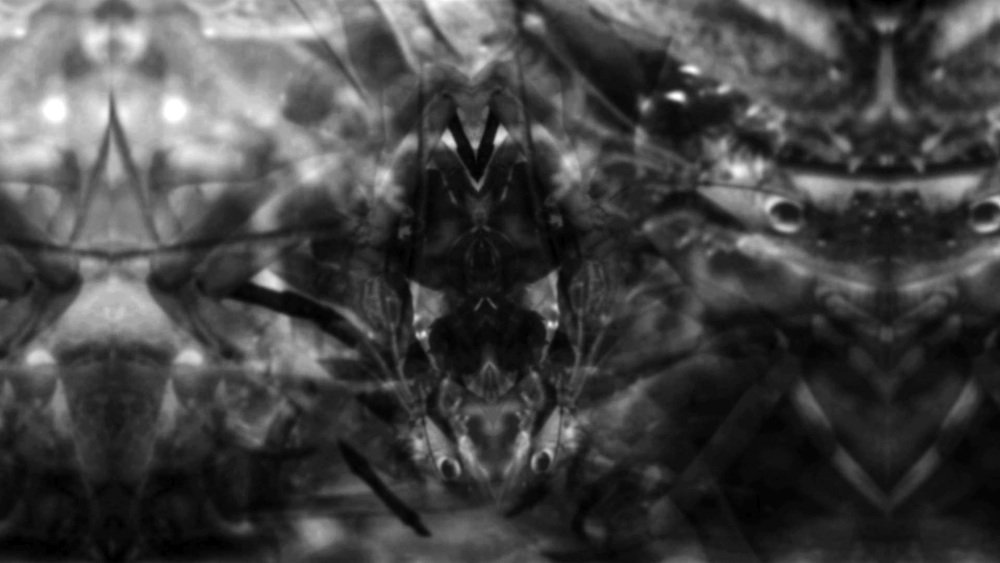
The compound 3-quinuclidinyl benzilate — sometimes called Agent 15, BZ or "Buzz" — is a powerful nerve agent. As one of the most potent psychoactive chemical agents, only a small amount of BZ is needed to produce complete incapacitation. When used as an aerosol, BZ is absorbed through the respiratory system (it has no odor) — it can also be absorbed through the skin or the digestive system. It takes about an hour for BZ to take effect, and the symptoms of exposure — confusion, tremors, stupor, hallucinations and coma — can last for more than two days.
Use of BZ has been suspected in the Bosnian conflict in 1995. In January 2013, Wired reported that Syrian government troops had used Agent 15 on the rebels, according to some U.S. diplomats, but those reports have not been confirmed.
Chlorine gas
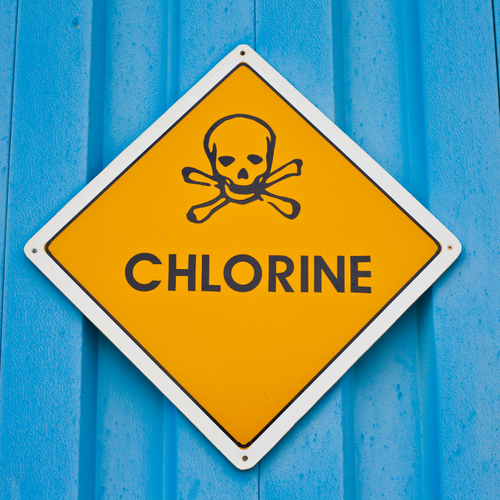
Chlorine gas is another chemical agent with a history of use going back almost 100 years. During World War I, chlorine gas — sometimes known as bertholite — was used by the German army during the Second Battle of Ypres in Belgium.
Because chlorine can be pressurized and cooled into a liquid, it can be easily shipped and stored in tanks. When released as a gas, chlorine stays close to the ground and spreads quickly, making it an ideal agent for warfare or terrorism. Though it is used less often today (because more lethal agents exist), chlorine is easy to manufacture and disguise, since it has many other civilian uses such as water sanitation. In 2007, chlorine gas bombs were used by to kill dozens of people during the fighting in Iraq, the BBC reports.
Sign up for the Live Science daily newsletter now
Get the world’s most fascinating discoveries delivered straight to your inbox.











